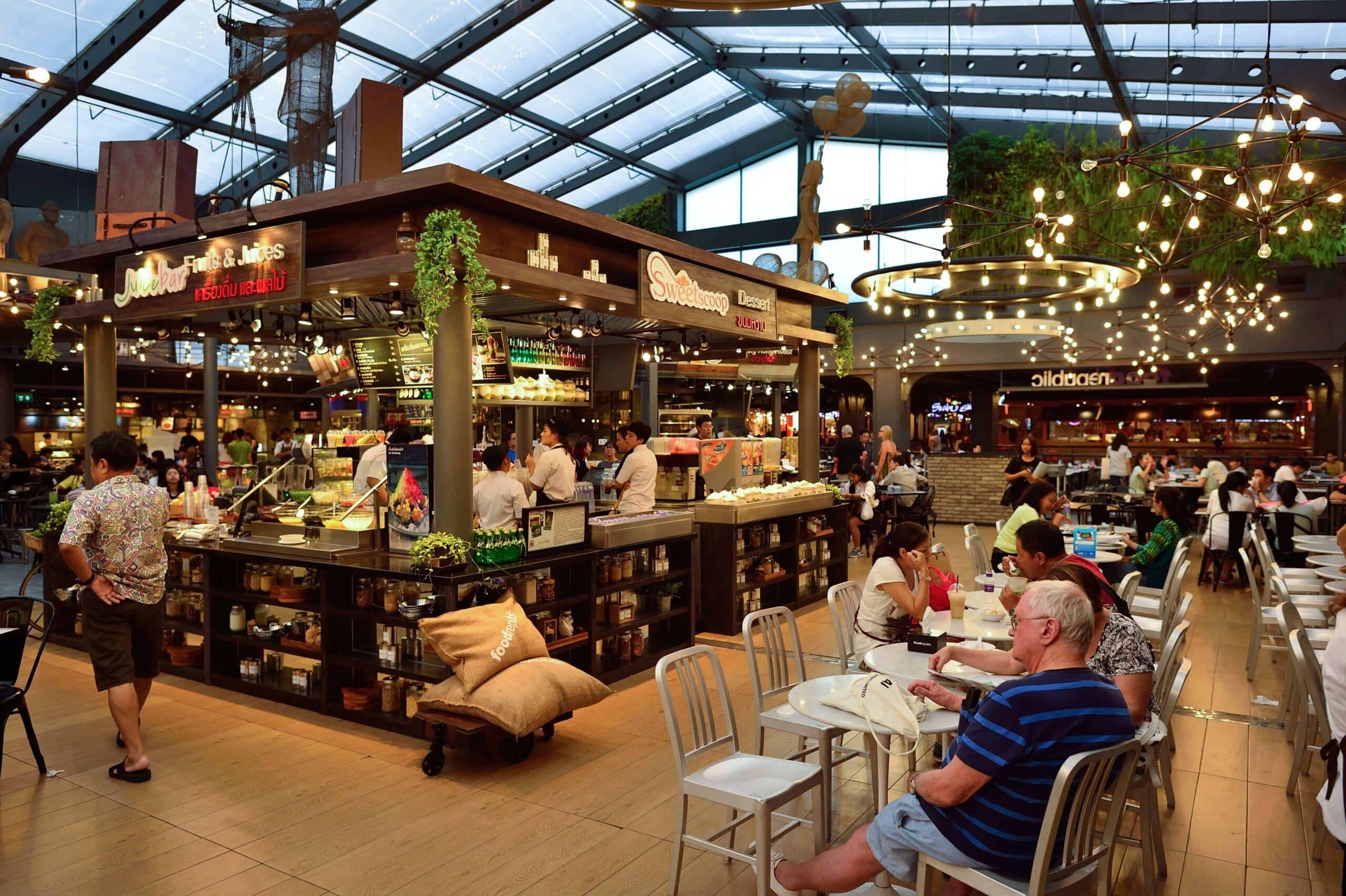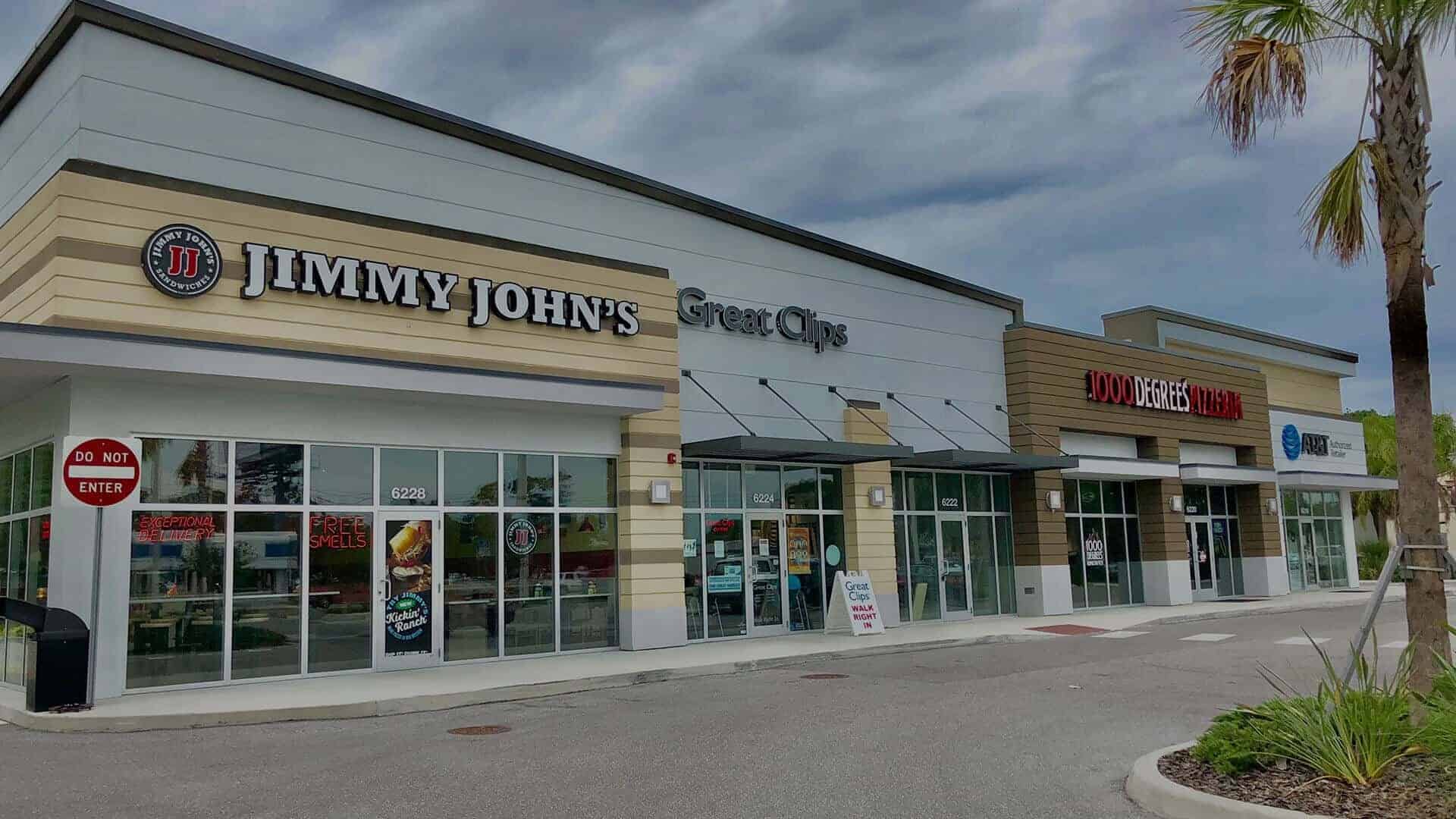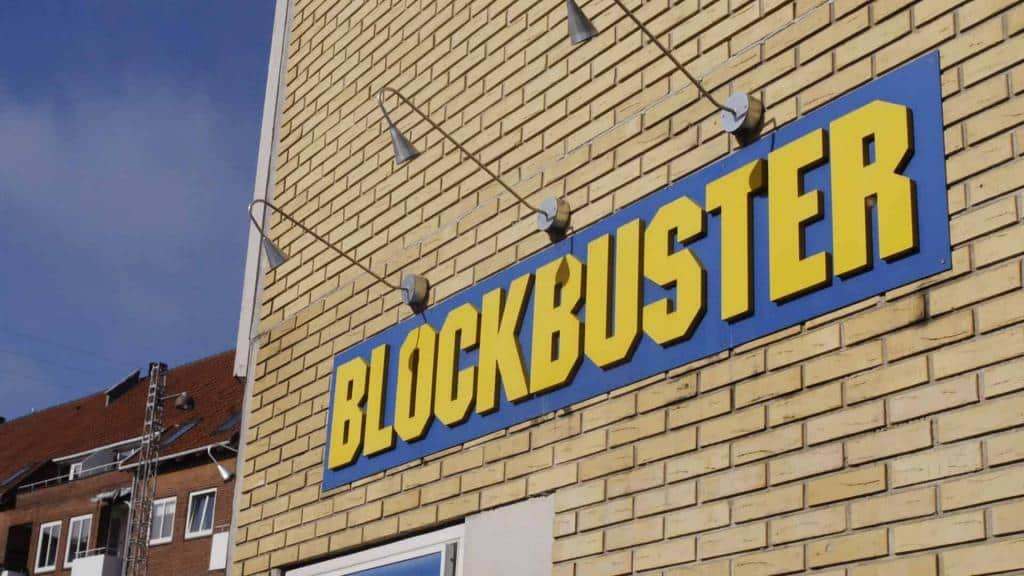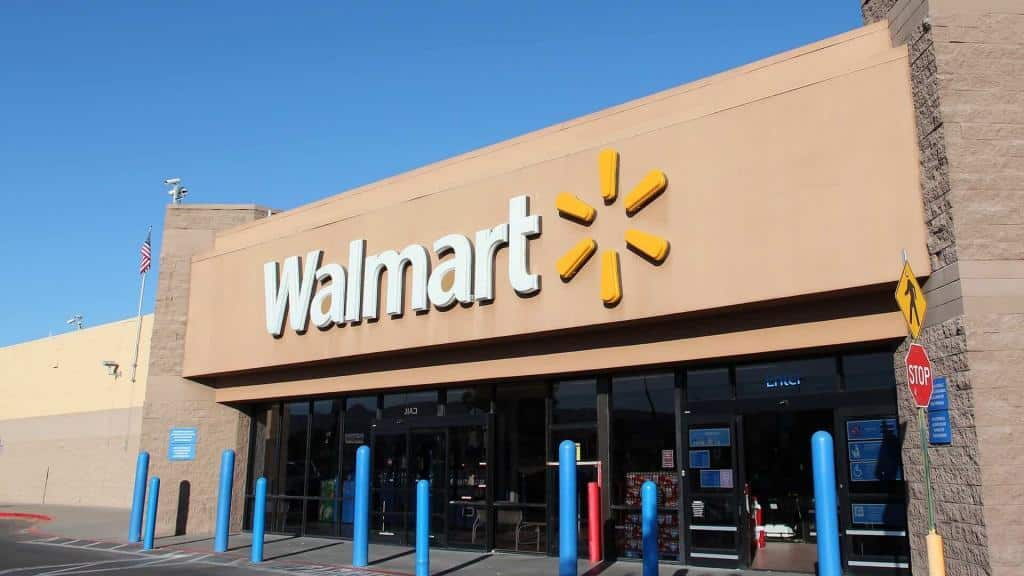Food Halls continue to be a hot ticket for retail properties! The concept has grown significantly since 2015 from approximately 70 projects being tracked in the US, to over 180 food halls by the end of 2018 according to Cushman & Wakefield. The buck doesn’t stop there, the industry is expecting that to grow to 300 individual food halls by the end of 2020. Food Halls comes in all different shapes and sizes ranging from “mega halls” such as Mario Batali’s Eataly in Boston to much small venues in aging strip malls such as The Block in Annandale, Virginia. At least half of the Food Halls in the US are 10,000 sf or less in size and are popping up in places where there is a lot of density in high rise urban markets. These venues feature a mix of vendors offering high quality artisanal food many of which are authentic and locally sourced in a communal atmosphere.
The concept of Food Hall’s in retail properties is a game changing dynamic to the overall landscape however, in my opinion, they must be implemented in the right properties in the right locations with the right mix in order to thrive and ultimately be successful. Majority of the time they include restaurants and operators that are local to the community and often offer a diverse mix of food options. They are a great experience styled use that creates a buzz and can be a great asset to a local community. Many times, these halls are more than just food with a lot of them incorporating craft breweries, coffee shops and music entertainment components generating a formula custom to the individual market and population that it serves. This destination use is one that is to be watch closely in the future, the ones that incorporate the right recipe will thrive and ones that fail to create the right mix could end up as glorified food courts.








About The Author: Jeff Dervech
More posts by Jeff Dervech